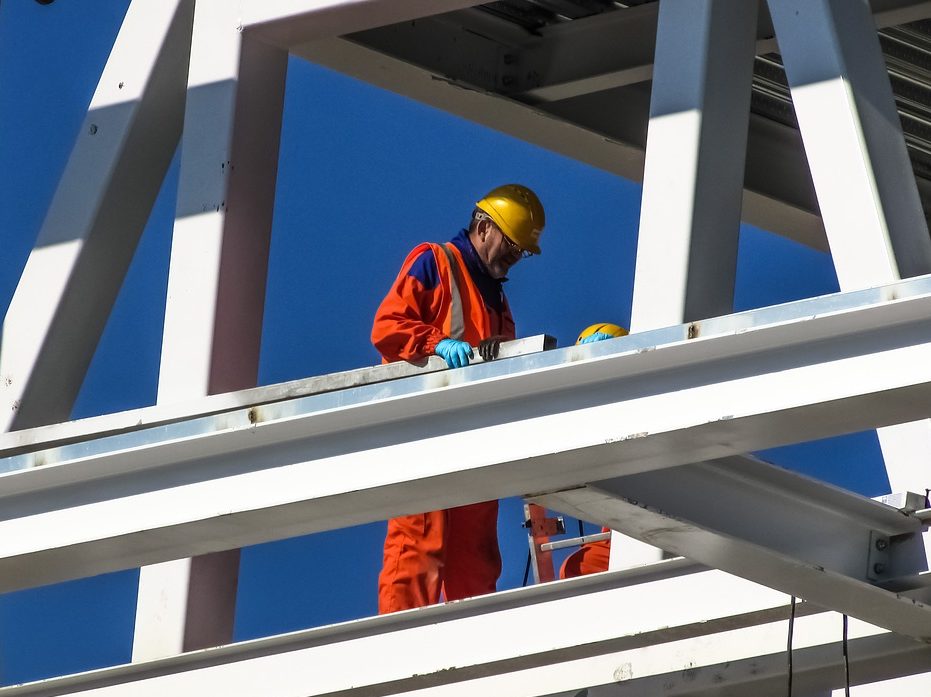Washington is watching the radiation levels at Europe’s largest nuclear facility “very closely”
The US is monitoring the situation at the Zaporozhye Nuclear Power Plant, which sits close to the front line between Russian and Ukrainian troops, but sees no signs of an imminent threat to the facility, National Security Council spokesman John Kirby said on Monday at the White House press briefing.
“I’m not going to get into specific intelligence,” Kirby said when asked about Kiev’s accusations that Russia was preparing to blow up the plant.
“We have the ability near the plant to monitor radioactivity,” he added. “We just haven’t seen any indication that that threat is imminent, but we’re watching it very, very closely.”
Ukraine claimed last week that Russia was preparing a radiation incident at the ZNPP. President Vladimir Zelensky said that Moscow wanted to cause “radiation leakage” at the plant, citing Ukrainian intelligence assessments. According to his aide Mikhail Podoliak, Russia had mined the cooling pond at the facility and was preparing to carry out “a large-scale terrorist attack” in order to “stop the Ukrainian counteroffensive and create a depopulated sanitary gray zone.”
Kremlin spokesman Dmitry Peskov has called the claims by Zelensky and Podoliak “yet another lie” coming from Kiev, noting that Moscow was fully cooperating with the International Atomic Energy Agency (IAEA). The UN watchdog’s head, Rafael Mariano Grossi, visited the facility last week and contradicted Ukraine’s allegations.
“The IAEA is aware of reports of mines having been placed near the cooling pond. No mines were observed at the site during the director general’s visit, including the cooling pond,” Grossi said in a report.
Russian troops took control of the Zaporozhye Nuclear Power Plant and the nearby city of Energodar in March 2022. The surrounding region officially became part of Russia following referendums held last September. Its six reactors are currently operating in standby mode.
Moscow has accused Kiev’s forces of repeatedly targeting the ZNPP with artillery and drones, as well as attempting a commando raid to seize the facility at one point. The most recent attack was on June 9, when Russian air defenses reportedly brought down three drones headed for the plant.
You can share this story on social media:


















